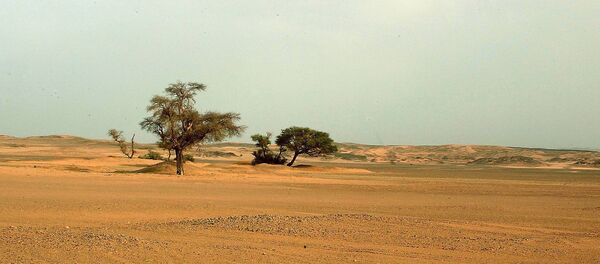For more than 400 years, archaeologists have been unable to find Etzanoa, which Blakeslee determined was at the point where the Walnut and Arkansas Rivers meet. His discovery has been backed up by a half-inch iron cannon ball found by a high school student in the area.
“After locals like Hap McCleod told him people had been digging up ‘literally tons’ of flint tools and clay pottery shards for generations, Blakeslee dug up his own shards, flint arrowheads, knife blades, hide-scrapers and awls. Two years ago he found a rock-lined ravine in McLeod’s backyard that matched the Spanish account of where the Escanxaques [an indigenous people of the region] regrouped under fire to attack,” Kansas.com reported.
Now, the city is hoping to cash in on the discovery by making it a tourist destination.
“We always knew we once had a whole bunch of Indians living around here, because we had found way too many artifacts to think otherwise,” Jay Warren, an Arkansas City council member, told Kansas.com. “But we had no idea until Dr. Blakeslee came along about how big it was.”
The most notable part of the discovery is that Etzanoa is believed to have been the second largest Native American community north of modern-day Mexico, after Cahokia in Illinois.
“The Spaniards were amazed by the size of Etzanoa,” Blakeslee wrote. “They counted 2,000 houses that could hold ten people each. They said it would take two or three days to walk through it all.”
According to a media release on Blakeslee’s discovery, previous mistranslations of the Spanish documents caused "many archaeological discoveries in the area [to be] misinterpreted.”




